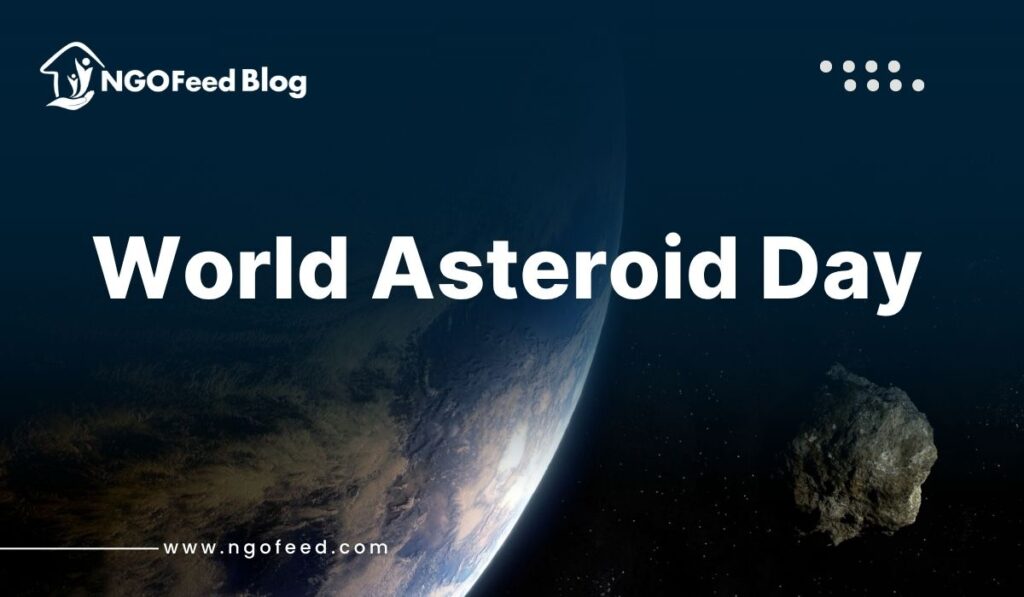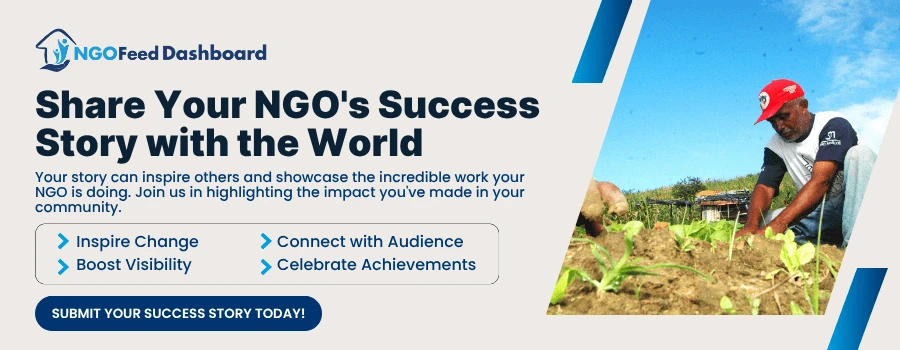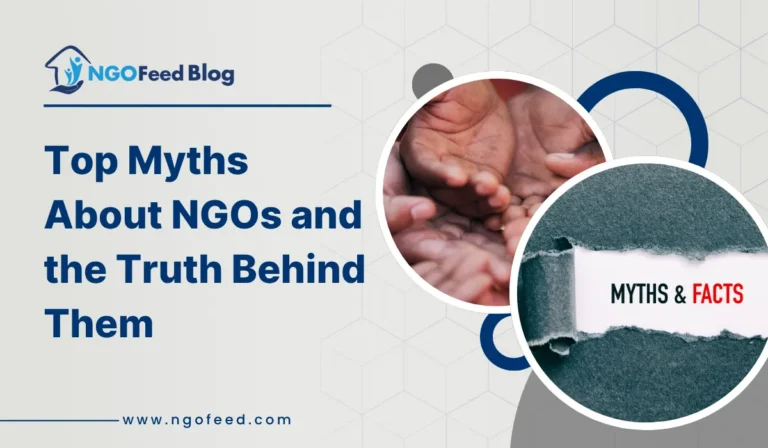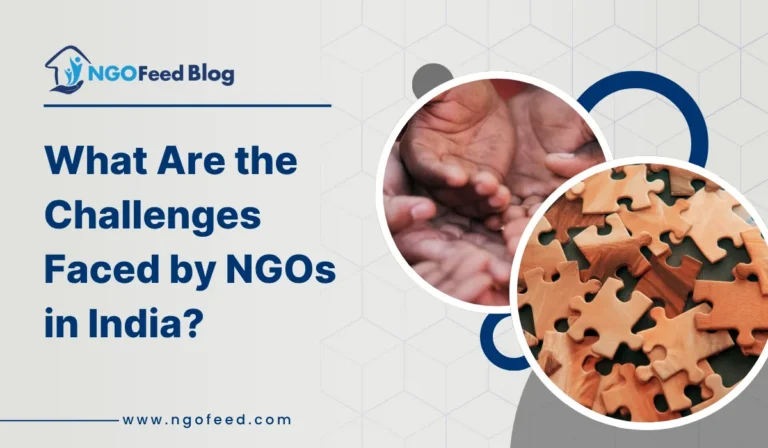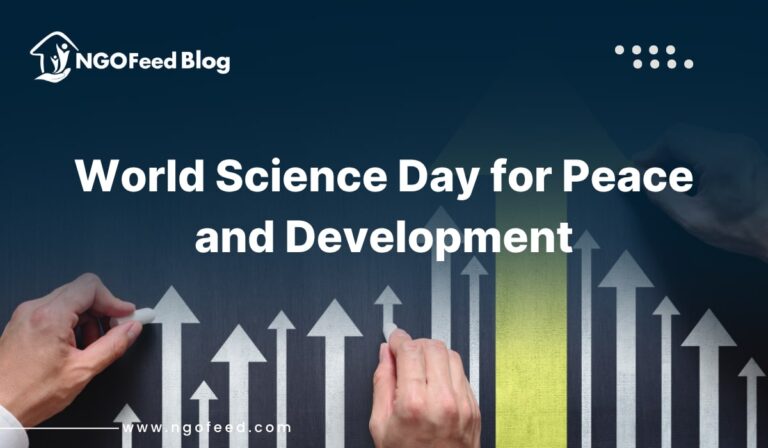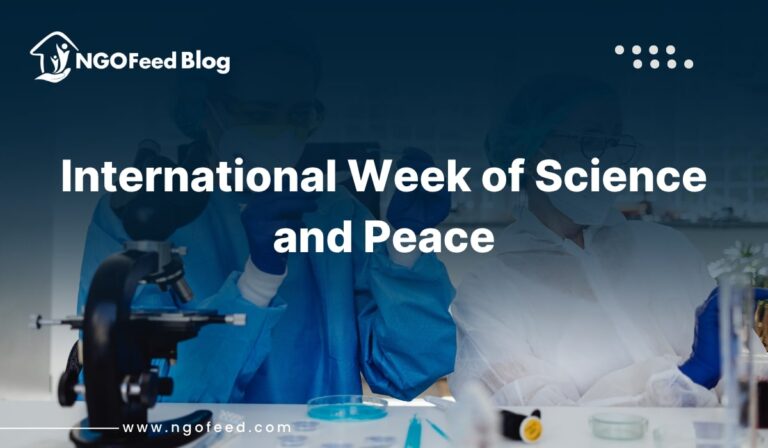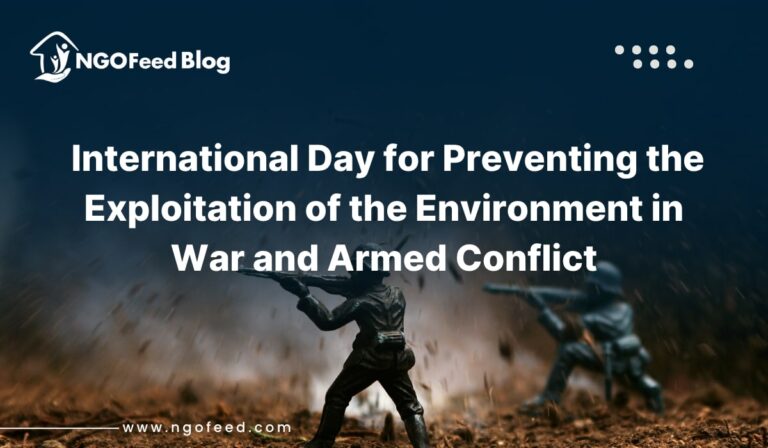Since the adoption of a resolution on World Asteroid Day by the United Nations, 30 June is marked as World Asteroid Day every year on a global basis; and it is an awareness-raising initiative to inform the planet about asteroids, near-Earth objects (NEOs) and the dangers they can cause to our planet. The day is in memory of the 1908 event, Tunguska, the largest recorded asteroid impact, which levelled 2,000 square kilometres of forest in Siberia. Although the day originated as a space science and planetary defence day, it has much more than astronomical importance: the day reminds us of our common (astronomical) obligation to take care of the planet and advocate global collaboration using science.
Over the past couple of years, however, NGOs and civil society groups have gotten much more accurate about the need to participate in space-based education, disaster preparation, and information-sharing with the world. Students and professors are not the only people using World Asteroid Day to educate more people about space science, sustainability, and planetary safety. Environmental protection agencies to STEM education nonprofits, are tapping this awareness day to bring people up to speed on space science, sustainability, and planetary safety.
Organisations active in the field of disaster risk reduction (DRR) and science literacy view this date as the possibility to popularise resilience through knowledge of how comprehensive risk reduction can be achieved by early detection systems, international data-sharing and public education or how early detection systems, international data-sharing and public education can achieve risk reduction. In addition, the possible threat of an asteroid collision is a metaphor of other hazards facing the world today, cautioning us to ensure that any challenge faced needs prompt coordinated efforts, regardless of whether it’s related to our planet.
Also Read: Role of NGOs in NGOs in Urban Development
World Asteroid Day, as such, moves beyond a date on our calendar; it becomes an opportunity to mobilise and inspire the next generation to pursue science and to promote activities to preserve our one home, Earth.
Table of Contents
What is World Asteroid Day, and why does it matter?
The United Nations established World Asteroid Day, which is a worldwide event held every 30 June of each year to sensitise the globe about asteroids, near-earth objects (NEOs) and the threat they may cause to planet Earth. The date is the anniversary of the Tunguska event of 1908 in which an asteroid struck over Siberia, flattening an estimated 80 million trees in an area of 2,000 square kilometres. No life was lost officially, but the event was a great reminder of how space-based threats might lead to dreadful results on Earth.
Inaugurated in 2015 by the scientists, astronauts and concerned citizens, such as Stephen Hawking and astrophysicist Brian May, World Asteroid Day was marked by the UN in 2016. It does this to create awareness, to work on the asteroid studies and the defence of planets and also seeks international cooperation to avoid asteroid impact in the future.
Although such a risky asteroid impact might appear as far or rather improbable in the future, researchers underline that it is not about when, but whether this is going to happen. Early warning and response are significantly important to the welfare of the world, with thousands of NEOs coming dangerously close to the Earth annually. The space observation, tracking technologies and impact mitigation strategies are going to rely not only on scientists and governments, but also on the knowledge and acceptance of the population.
Also Read: Vital Role of NGOs in Modern Society
This is where World Asteroid Day as a critical platform will play a critical role not only by astronomers, but also by teachers, learners, non-governmental organisations, and civil society. It gives a chance to evoke interest, instil scientific literacy, and reinforce the desire of everyone to preserve our environment. At a time when the planet is only getting more exposed to natural and man-made cataclysms, marking the key date of World Asteroid Day, we are being advised of the fact that world unity in terms of both science and readiness is not an alternative but a necessity.
The Role of NGOs in Promoting Space Science and Public Awareness
Although public research of asteroids and planetary protection has traditionally been regarded as the field of interest only among governments and space organisations, the non-governmental organisations (NGOS) significantly contribute to the gap between science and society. Concerning World Asteroid Day, NGOs have become a significant fellow traveller to increasing awareness, science education, and community involvement in discussing the issues surrounding world safety and sustainability.
World Asteroid Day has also been used by NGOs like STEM-affiliated organisations, along with disaster preparedness, environmental protection, and science communication organisations, to make space science more personal and real in people’s everyday lives. These organisations deliver complicated issues from near-Earth objects (NEOs), impact risk, and space technology into schools and community centres via a variety of school programs, workshops, public lectures, exhibitions, and digital campaigns.
Further, NGOs can be crucial in the process of democratizing science, not to exclude underrepresented segments of the population and people living in rural areas in the global discussion over planetary defence. They ensure a curious scientific mind, and especially in young people, women and disadvantaged groups, they inspire the next generation of scientists, astronomers and enlightened world citizens.
Notably, most NGOs also connect with the local governments, research organisations, and international organisations to make events around World Asteroid Day. In aiding such association, NGOs enhance the involvement of people and instil a culture of readiness not only to asteroid threats but to all the threats in the world that would need concerted action.
Also Read: Role Of NGOs in Psychological Support After Tragedies
Living in an era when distorted data tends to obstruct scientific discourse, NGOs can be called the trusted sources of information sharing, promoting scientifically grounded knowledge and the involvement of the population. Their activities are not only educational about space science, but they’re part of global resilience and planetary stewardship.
Linking Planetary Defence with Disaster Preparedness and Sustainability
The fight to stop asteroid threats by detecting them and counteracting them sounds, at first impression, like it has little to do with anyone. But its spirit is highly similar to the intent of disaster preparedness, sustainable development and community resilience. The methods employed in protecting the Earth against near-Earth objects (NEOs) can provide lessons on how we should deal with other global dangers such as climate change, the pandemic and natural calamities.
Reducing the disaster is concerned with envisioning the threat, establishing an early warning system, educating, and coordinating plans. That is exactly what planetary defence tools are. To give the reader an example, as the meteorological information can warn about a flood or a cyclone, the space monitoring services such as the NASA DART mission or the ESA NEO Coordination Centre chart asteroids’ course and their prediction to avert an international response. The more we know about these risks, the more we will be in a position to cope with them not secondarily, but in advance.
Also Read: Role of NGOs in Wildlife Conservation
Climate-interested NGOs, safety-interested NGOs, and education-oriented NGOs may contribute to making the public understand the similarities between space threats and terrestrial disasters. The contribution of asteroid awareness to larger-scale resilience campaigns enforces a culture of foresight, innovation, and scientific literacy, which are some of the key aspects of sustainable development fostered by the NGOs.
Further, the concept of planetary defence supports the fact that nations cannot address global risks by adopting unilateral approaches. Similar to climate change, asteroids do not respect boundaries. It requires collaborative effort across borders, no-holds-barred data-sharing and open risk communication, all of which are core values held by civil society organisations.
Using asteroid awareness to drive the agenda of more general sustainability will ensure that World Asteroid Day is not merely a science day it will be a representation of the fact that we can all come to together to save our planet not only against the hopes of things in space but also the things that are in this Earth.
How Civil Society Can Get Involved: Campaigns, Education, and Outreach
World Asteroid Day is not only a day of remembrance, but it is also a day to act. The civil society, particularly non-governmental organizations, schools and universities, organizations dealing with young people and science communicators, can play a pivotal role in transforming the global raised consciousness to community action. Through the organization of public outreach, creation of educational material and advocacy of science these associations contribute to ensuring that space science is inclusive, applicable and effective.
Also Read: Role of NGOs in NGOs in Urban Development
Campaigns and awareness events are one of the ways through which NGOs can play their roles in a very effective way. These can be school workshops, presentations and exhibitions to the general population, webinars with scientists, and social media campaigns to render complicated issues such as near-Earth objects (NEOs) and planetary defence plans, and space observation simpler. Astronomical events such as telescopic viewing parties or documentaries may help to pique curiosity to encourage all ages to gain a sense of stewardship of our planet.
Asteroid-educational NGOs can be involved in the larger programs such as STEM learning. Such topics as crater formation, space missions, or history of asteroid hits present extremely engaging, practical learning opportunities to students. Such efforts can also be augmented by cooperation with local observatories, planetariums, and space agencies.
To the organizations active in climate resilience or disaster preparedness, World Asteroid Day provides an opportunity to make parallels between space risks and earthborne emergencies. Community events in which the asteroid awareness is related to the early warning systems, international collaboration, and scientific preparedness can expand the applicability of those two domains.
Also Read: Role of ICARDA in India
But most of all, the civil society can act as a mediator connecting the science to the common use, as an interpreter between the scientific knowledge and the practical action as powered by the community. NGOs will move forward towards the agenda of a safer and smarter planet by educating the general population, promoting investment into space science, and empowering young minds through the celebration of the World Asteroid Day.

